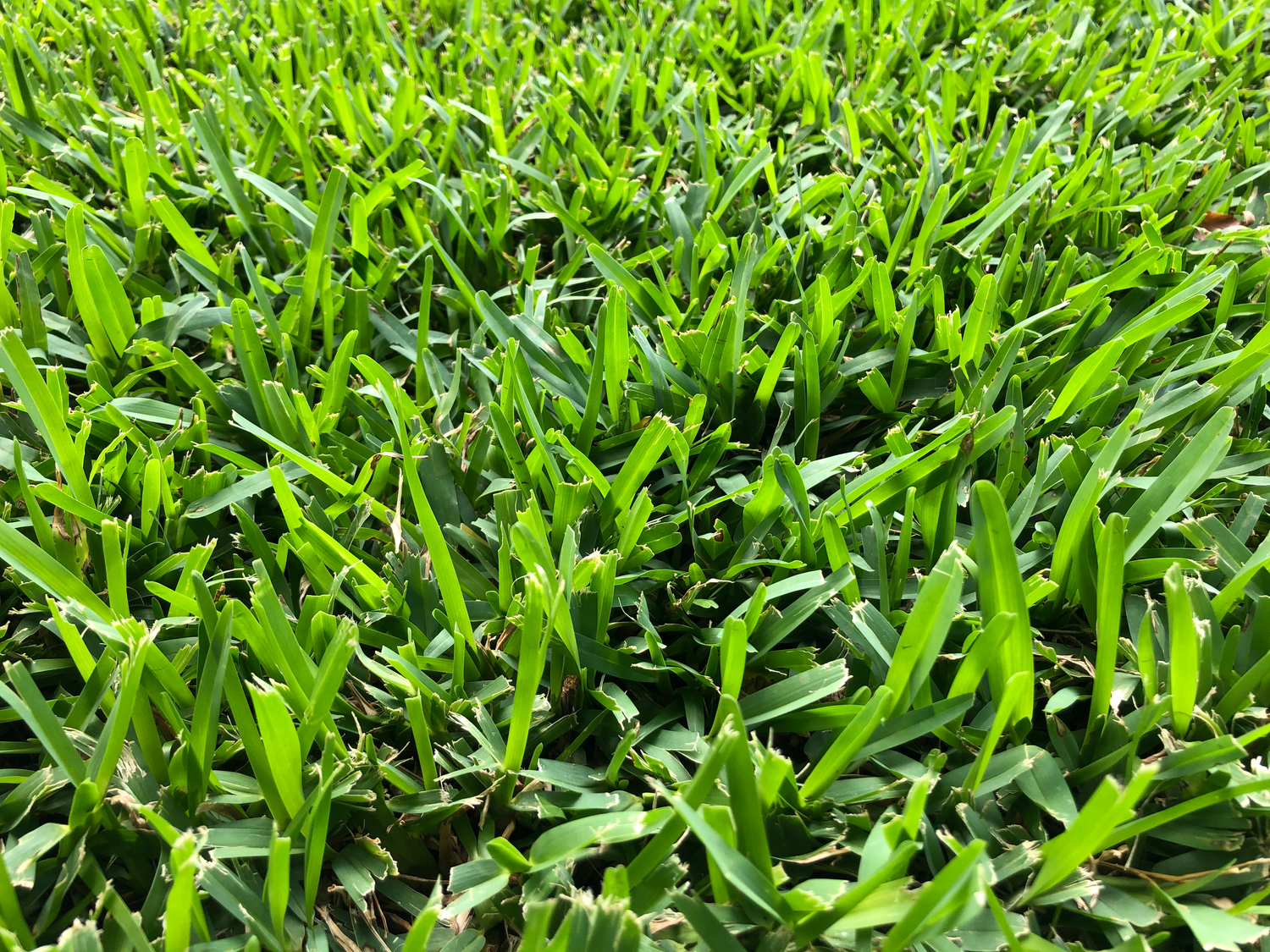Effective St. Augustine Grass Lawn Care Tips
St. Augustine grass is a popular choice for lawns due to its lush green appearance and ability to thrive in warm climates.In this article, we will discuss some valuable tips to help you achieve a beautiful and thriving St. Augustine grass lawn.To maintain a healthy and vibrant St. Augustine grass lawn, it is essential to follow proper care and maintenance practices.
1. Mowing: When it comes to mowing St. Augustine grass, it is crucial to keep the grass at an optimal height of around 3-4 inches. Avoid cutting more than one-third of the grass blade length at a time to prevent stress on the grass.

2. Watering: St. Augustine grass requires regular watering to stay healthy. Water deeply but infrequently to encourage deep root growth. It is recommended to water early in the morning to minimize evaporation and fungal diseases.
3. Fertilizing: Proper fertilization is key to maintaining a lush St. Augustine grass lawn. Use a balanced fertilizer with a 4-1-2 ratio of nitrogen, phosphorus, and potassium. Apply fertilizer in the spring and fall for best results.
4. Weed Control: Keep weeds at bay by regularly inspecting your lawn and removing any weeds promptly. Use herbicides specifically formulated for St. Augustine grass to prevent damage to your lawn.
5. Pest Control: Monitor your lawn for signs of pests such as chinch bugs or armyworms. Treat any infestations promptly to prevent damage to your grass.
By following these St. Augustine grass lawn care tips, you can ensure that your lawn remains healthy, vibrant, and beautiful throughout the year. Remember to mow at the right height, water deeply but infrequently, fertilize appropriately, control weeds, and monitor for pests. With proper care and maintenance, your St. Augustine grass lawn will be the envy of the neighbourhood.

